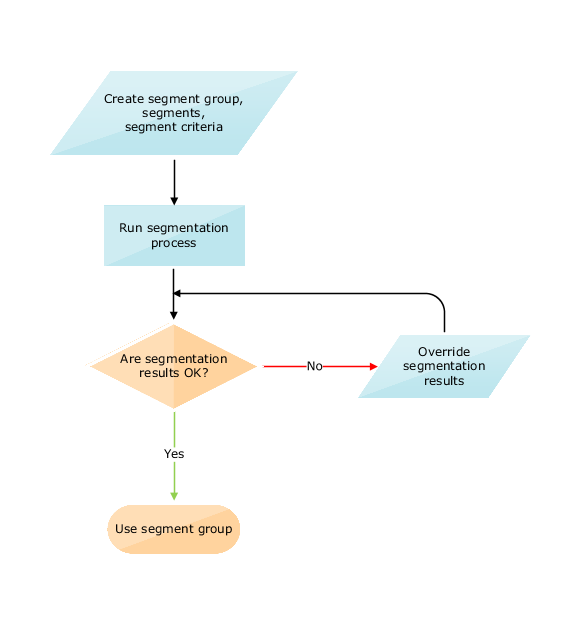Segmentation in Oracle Demand Management
Segmentation is the process of grouping combinations into segments on the basis of user-defined, static, or dynamic attributes. Through segmentation, you can better manage the demand for many combinations by grouping them into a few segments.
In Oracle Demand Management, these combinations can comprise items, locations, customers, and demand classes.
You can view data and perform drills in tables and graphs by segments.
You can also filter data in analysis sets by using segments as filters. Then, you can apply forecasting profiles to specific segments by selecting the associated analysis sets.
For example, you can perform segmentation by defining segment groups that are based on:
-
Intermittency and volatility
-
Demand volume and cost
-
Item attributes for the Customer, Demand Class, Organization, and Product dimensions
-
User-defined attributes and organizations, regions, and zones
How You Perform Segmentation
Here's what you do during the segmentation process:
- Set up a segment group and its segments. The segment group has a specific granularity that's applicable to the segments. You specify dimension-based or measure-based criteria for each segment on the basis of which combinations are assigned to the segment.
- Run the segmentation job for the segment group from the Manage Segment Groups and Criteria page (). The combinations are grouped into the segments.
- View the results of segmentation, and optionally override the assignment of combinations to segments to better meet your business requirements.
This flow chart summarizes the segmentation process:

When the segments are used as members for tables and graphs, for combinations that aren't associated with a segment in the segment group, the segment information is shown as "Not available."